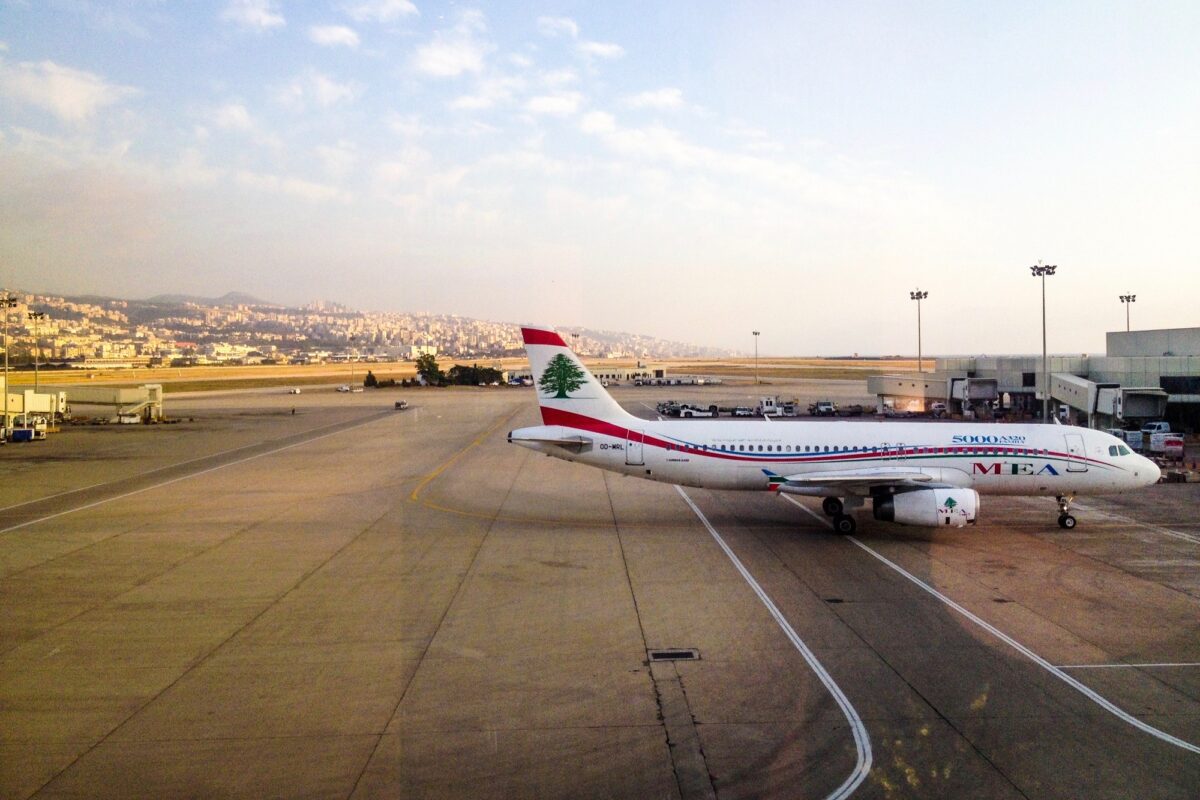The European Union Aviation Safety Agency (EASA) has lifted its recommendation for airlines to avoid flying over Israeli airspace.
The aviation safety agency confirmed the revised recommendation in an updated Conflict Zone Information Bulletin (CZIB) on October 9, 2024, which will remain in effect until October 31, 2024.
The updated CZIB recommends air operators implement “a stringent monitoring process and risk assessment for each flight when intending to operate within the airspace of Israel”.
“The outcome of the risk assessment process should allow to reasonably determine the level of risk for each flight,” the CZIB continued.
This will result in the decision to either continue operations “subject to the implementation of mitigations or additional contingency measures” or ” not to operate in the entirety or in part of the affected airspace, at any or at specific flight level”, the update added.
Additionally, EASA recommends air operators closely monitor airspace developments in the region and follow all available aeronautical publications concerning the region issued by Israel.
The agency published the CZIB for Israel on September 28, 2024, to “share necessary information for ensuring the safety of flights over zones of interest”. Specifically, this is to alert airlines about the potential risks of flying over Israel due to ongoing intense air strikes aimed at underground Hezbollah sites in southern Lebanon.
The original warning was issued after a major attack by Israel on the southern suburbs of Liban, Beirut, on the night of September 27, 2024, which resulted in the death of Hassan Nasrallah, the long-time leader of the Hezbollah terror group.
EASA stated that it “will continue to closely monitor the situation, with a view to assess whether there is an increase or decrease of risks for EU aircraft operators as a result of the evolution of the threat.”
